Medaka no gakkou
Medaka no gakkou wa kawa no naka
Sotto nozoite mite goran
Sotto nozoite mite goran
Minna de oyūgi shite iru yoMedaka no gakkou no medaka tachi
Dare ga seito ka sensei ka
Dare ga seito ka sensei ka
Minna de genki ni asondeiruMedaka no gakkou wa ureshisou
Mizu ni nagarete tsuui tsui
Mizu ni nagarete tsuui tsui
Minna ga sorotte tsuui tsuiLyricist:CHAKI Shigeru
Composer:NAKADA Yoshinao
in1952
The School of Medaka
Inside the river of the Medaka School
Take a peek quietly and see
Take a peek quietly and see
Everyone is playing together
The medakas of the Medaka School
Who is a student and who is a teacher
Who is a student and who is a teacher
Everyone is playing happily
The Medaka School seems joyful
Flowing in the water, swish swish
Flowing in the water, swish swish
Everyone gathers, swish swish

The Medaka: A Tiny Fish with a Gentle Soul
The medaka, known by its scientific name Oryzias, is a tiny fish less than 5 centimeters long, inhabiting mainly freshwater and slightly brackish waters across East and South Asia. It prefers calm, slow-moving streams, ponds, and rice paddies—settings that evoke peaceful rural landscapes. Because of its habitat, it has been dubbed a type of “killifish,” a term derived from the Dutch word kilde, meaning “brook” or “small stream.” Yet, to Japanese ears, the presence of the word “kill” in “killifish” feels oddly jarring when associated with such gentle, charming creatures.
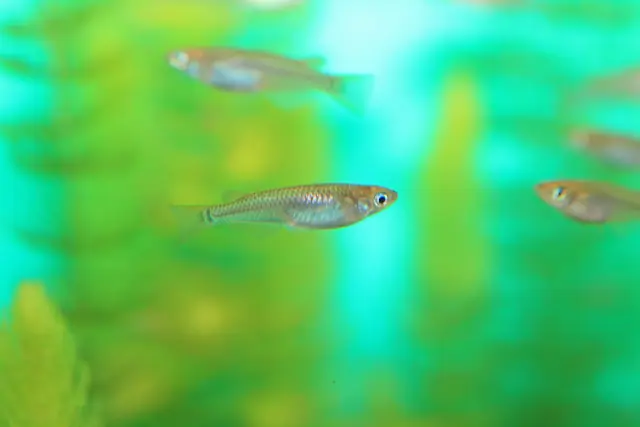
An alternative and more culturally resonant name is “Japanese Rice Fish,” which paints a fitting image of the medaka gracefully darting between stalks of rice in flooded paddies. This term aligns beautifully with the sensibility of Japanese aesthetics, which often celebrate the quiet beauty of nature and small lifeforms that thrive within it.
A Wartime Memory Behind the Lyrics
There’s a touching anecdote tied to the lyrics of the medaka-themed children’s song. During the Second World War, lyricist CHAKI Shigeru evacuated from Tokyo to Odawara, a coastal town in Kanagawa Prefecture, bringing along his young son. One day, while relaxing by the riverbank, CHAKI casually looked into the water and saw a school of medaka swimming peacefully.
Suddenly, a noise startled the fish, and they vanished in an instant. CHAKI voiced his disappointment, only for his son to comfort him by saying, “Don’t worry, they’ll come back soon. This river is like a school for medaka.” This innocent remark, though seemingly offhand, left a strong impression on CHAKI. While later accounts confirmed that this charming episode was a fictional backstory, it still offers a heartwarming glimpse into how the imagination can shape creative work.
The Power of Repetition: A Composer’s Touch
Interestingly, the well-known second line of the song—“Sotto nozoite mite goran” (“Take a peek quietly and see”)—was not originally repeated. It was NAKADA Yoshinao’s fiancée who suggested that the line be sung twice, adding a lyrical softness and childlike echo to the melody. This gentle repetition became a defining feature of the song, typically sung in a subdued, hushed voice that mirrors the quiet act of peeking into a stream without disturbing its delicate life.
A Childhood Mishearing That Lingers
As a child growing up in the Showa era, I distinctly remember mishearing the third verse of the song. The line “Mizu ni nagarete tsuui tsui” (“Drifting in the water, slipping along”) was something I confidently believed to be “suui sui”—a phrase that sounded more fluid and natural to my ears at the time. Even after consulting various lyrics archives, it turns out “tsuui tsui” is indeed the correct version. It’s a small yet delightful reminder of how children’s ears often interpret lyrics through their own imaginative filters.
A Medaka Renaissance in Modern Japan
In recent years, Japan has witnessed an unexpected “medaka boom.” Enthusiasts have selectively bred medaka to create stunning varieties with shimmering colors, unusual fins, and unique patterns. These designer medaka, some of which command high prices, are now beloved among collectors and hobbyists alike.
It’s quite possible that this quiet renaissance in medaka appreciation will extend overseas—much like how BONSAI, once a humble Japanese art form, now enjoys global admiration. The medaka, with its gentle charm and poetic presence in Japanese culture, might one day swim into the hearts of people around the world.
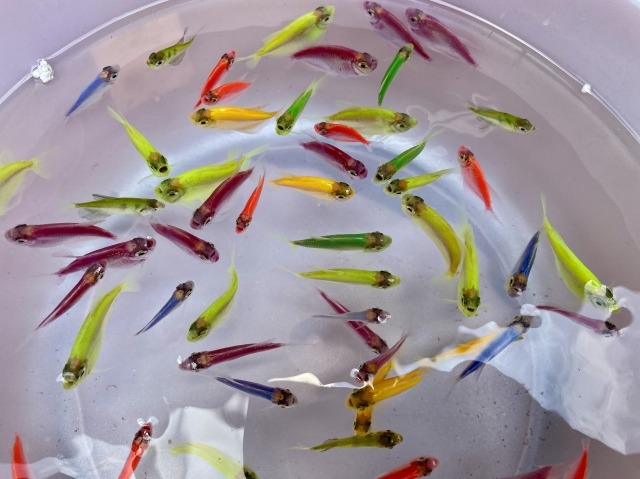
Thefts of high-end medaka killifish on the rise – Japan News Yomiuri
▼The School of the Medaka” Monument

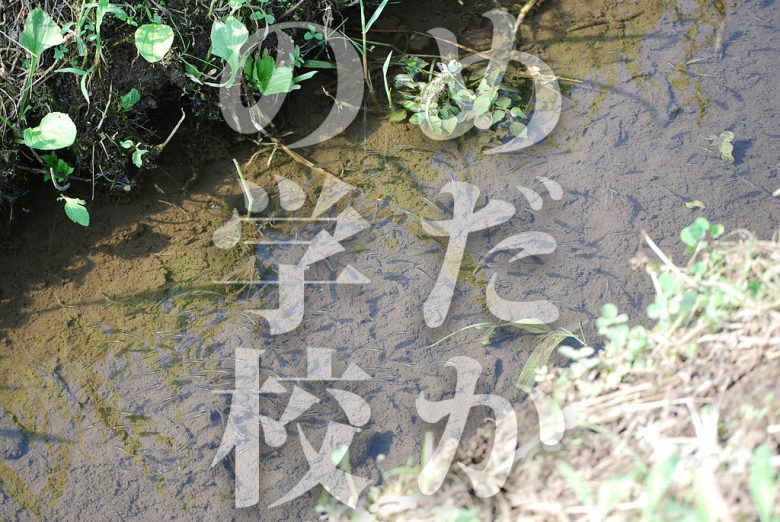
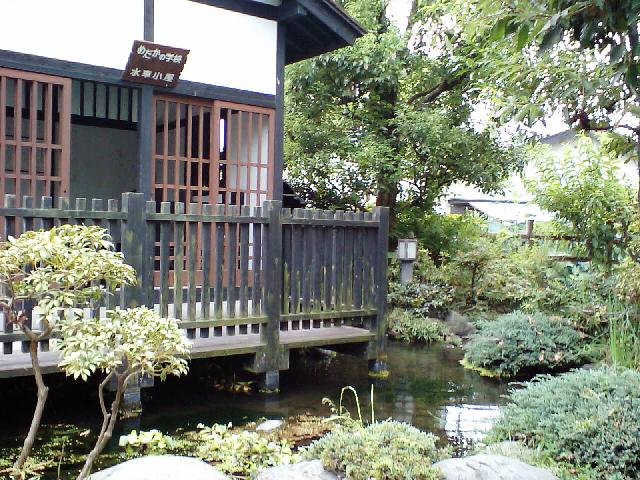


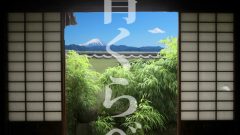
コメント